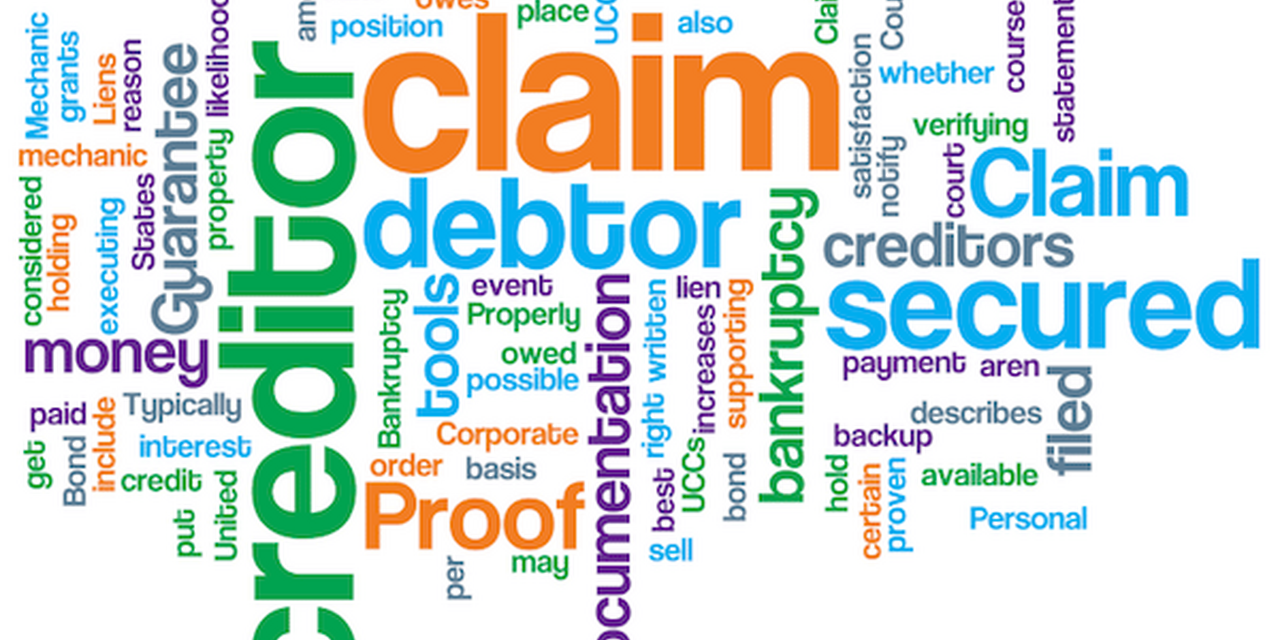Once a company is placed into liquidation, a liquidator will be appointed to manage the affairs of the company and the process of the liquidation. The liquidator’s role is to manage the affairs of the company for the benefit of creditors.
One of a liquidator’s first tasks is the review of the books and records of the company to ascertain various matters, including who the creditors of the company are, both in terms of secured and unsecured creditors.
Am I a creditor?
If the company owes you money, you are a creditor.
However, there are different classes of creditor and unless you have a secured interest, such as a charge or mortgage, you will be an unsecured creditor.
As an unsecured creditor, you will have different rights to secured creditors. There are also different classes of unsecured creditors, such as employees, who rank ahead of other unsecured creditors, in priority of payments.
What are my rights?
As an unsecured creditor, you have the following rights and responsibilities:
- To provide details of your debt to the liquidator by completing a “Proof of Debt” form;
- To vote at a creditors meeting;
- To vote to approve the fees of the liquidator;
- To inform the liquidator about any information you have about the affairs of the company;
- To receive written reports from the liquidator;
- To receive information from the liquidator at creditors’ meetings;
- To ask questions about the liquidation process and the status of the liquidation;
- To receive dividends after payment of priority classes of creditors; and
- To file a complaint to the Australian Securities and Investment Commission (ASIC) or apply to the Court if you have concerns about the execution by the liquidator of any duties.
What does the liquidation process involve?
Throughout the process of the liquidation, a liquidator will hold creditors meetings, of which formal minutes will be taken by a chairperson. Usually, in order to vote at a creditors’ meeting, you must have lodged a “Proof of Debt”.
This is a form which provides details of you as the creditor, how the debt to you arose and how much money you are owed. You should attach any relevant invoices and documents supporting the debt owed to you.
A liquidator may reject your debt if there is insufficient evidence supporting the debt.
If your Proof of Debt is rejected, you can seek a review by the liquidator or appeal to the Court. There are strict time limits for appeal so you should consider seeking urgent legal advice because if you do not successfully appeal, the decision of the liquidator will be final, and you will not be able to participate in the liquidation of the company and will not receive any distribution from the liquidation.
At the first meeting of creditors, creditors are usually asked to vote on the liquidator’s fees. A liquidator is entitled to be paid fees and disbursements.
Once the liquidator’s fees are approved, the liquidator will commence the process of attempting to recover any money that may be owed to the company, which might involve recovery of payments to the company by debtors, recovery of payments by the company to creditors who have been paid in priority to other creditors over certain periods of time and recovery of any payments to related parties to the company. Sometimes this recovery requires the liquidator to commence Court proceedings.
What is the priority of payments?
The order of priority of payments in a liquidation is generally as follows:
- Costs and expenses of the liquidation (including the liquidator’s fees and legal costs);
- Any outstanding employee wages and superannuation;
- Any outstanding employee leave (sick/personal leave, annual leave and long service leave);
- Any employee redundancy payments owing;
- General unsecured creditors.
How much of my debt will I recover?
This depends on how much is left for payment of unsecured creditors. Each category is paid in full before the next category is paid.
Once the costs of liquidation and employee entitlements are paid, any balance remaining will be distributed between the general unsecured creditors proportionally, depending on the amount owing to each general unsecured creditor.
If you or someone you know wants more information or needs help or advice, please
contact us.

